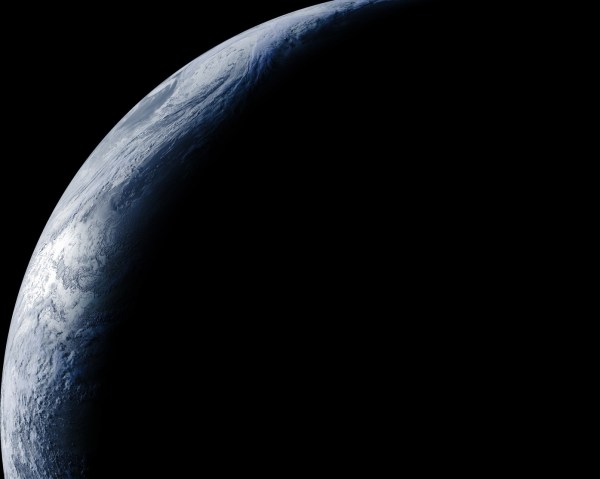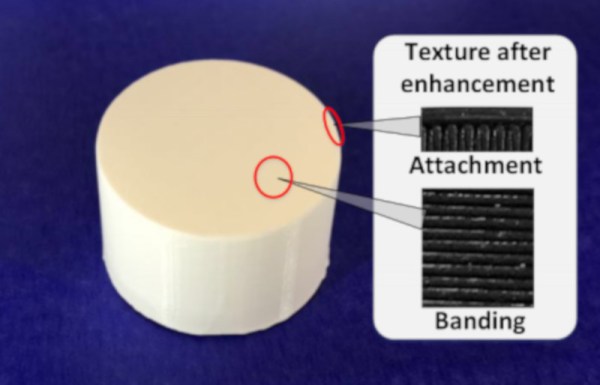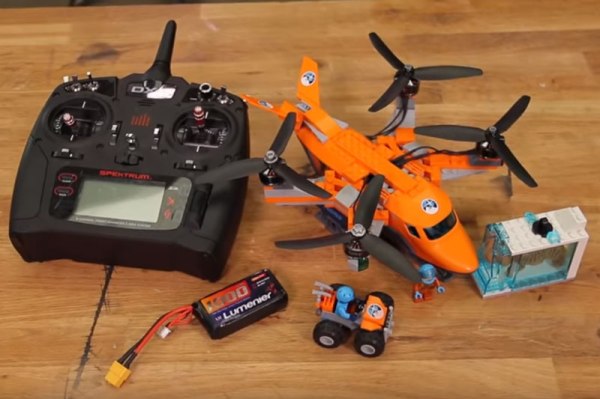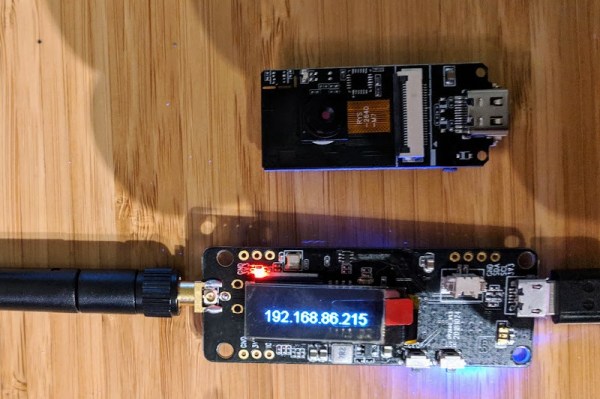Engineering isn’t just about inventing new things. Sometimes, it is all about doing things better, cheaper and faster. That was what Elsie MacGill did for the “Hurricane” fighter plane in World War II, earning her the nickname of “Queen of the Hurricanes”.
Author: Richard Baguley244 Articles
Full Earth Disc Images From GOES-17 Harvested By SDR
We’ve seen lots of hacks about capturing weather images from the satellites whizzing over our heads, but this nicely written how-to from [Eric Sorensen] takes a different approach. Rather than capturing images from polar satellites that pass overhead a few times a day, this article looks at capturing images from GOES-17, a geostationary satellite that looks down on the Pacific Ocean. The fact that it is a geostationary satellite means that it captures the same view all the time, so you can capture awesome time-lapse videos of the weather. Continue reading “Full Earth Disc Images From GOES-17 Harvested By SDR”
Identifying A 3D Printer From A 3D Print
A TV crime show I saw recently centered on the ability of forensic scientists to identify a plastic bag as coming from a particular roll: it’s all down to the striations, apparently. This development isn’t fiction, though: researchers at the University of Buffalo have figured out how to identify the individual 3D printer that produced a particular print. The development, called PrinTracker, uses unique differences in the way a printer lays down print material to identify a printer with a claimed 94 percent accuracy.
Make Your Lego Fly
We probably all used to make our Lego fly by throwing it across the room, but Flite Test have come up with a slightly more elegant solution: they converted a Lego quadcopter to fly. They did it by adding a miniature flight controller, battery and motors/rotors to replace the Lego ones in the Lego City Arctic Air Transport kit. This combination flies surprisingly well, thanks to a thoughtful design that balances the heavier components inside the case.
3D Printed Diffusers Make More Natural Light
A strip of LEDs may be a simple and flexible way to add light to a project, but they don’t always look natural. There is an easy way to make them look better, though: add a diffuser. That’s what [Nate Damen] did using a 3D printer. He created a diffuser using PETG giving a standard string of LEDs a softer and more natural look that makes them look more like older light sources such as fluorescent strips or EL wire, but with the flexible colors of LEDs. The PETG material he used has a naturally somewhat cloudy look, so it acts as a diffuser without needing any extra treatment.
Continue reading “3D Printed Diffusers Make More Natural Light”
A 3D Printer To PCB Miller Conversion
Got a 3D printer? With a bit of work, you may also have a PCB miller. That’s the basis of this neat hack by [Gosse Adema], who converted an Anet A8 3D printer into a PCB miller by building a holder for a Dremel rotary tool and adapting the GCode. This approach means that the adaptations to the printer are minimal: the only hardware is a 3D-printed holder for the Dremel that replaces the print head. The result is an impressive PCB milling machine that can do double-sided PCBs and make through holes.
The excellent write-up that [Gosse] did on this hack describes how he converted the printer, and how he took an EagleCAD design and converted it into four GCode files. That’s one for each side of the PCB, one for through holes and one for the final outline of the PCB. These are then fed to the 3D printer and cut in turn with an appropriate milling bit on the Dremel.
We’ve featured a few similar conversions before, such as this vintage conversion of a Makerbot and this cheap engraver conversion, but this one is much more detailed than those, covering the entire process from PCB design to final product.
Cheap ESP32 Webcam
Looking for a cheap way to keep an eye on something? [Kevin Hester] pointed us to a way to make a WiFi webcam for under $10. This uses one of the many cheap ESP32 dev boards available, along with the Internet of Things platform PlatformIO and a bit of code that creates an RTSP server. This can be accessed by any software that supports this streaming protocol, and a bit of smart routing could put it on the interwebs. [Kevin] claims that the ESP32 camera dev boards he uses can be found for less than $10, but we found that most of them cost about $15. Either way, that’s cheaper than most commercial streaming cameras.


















